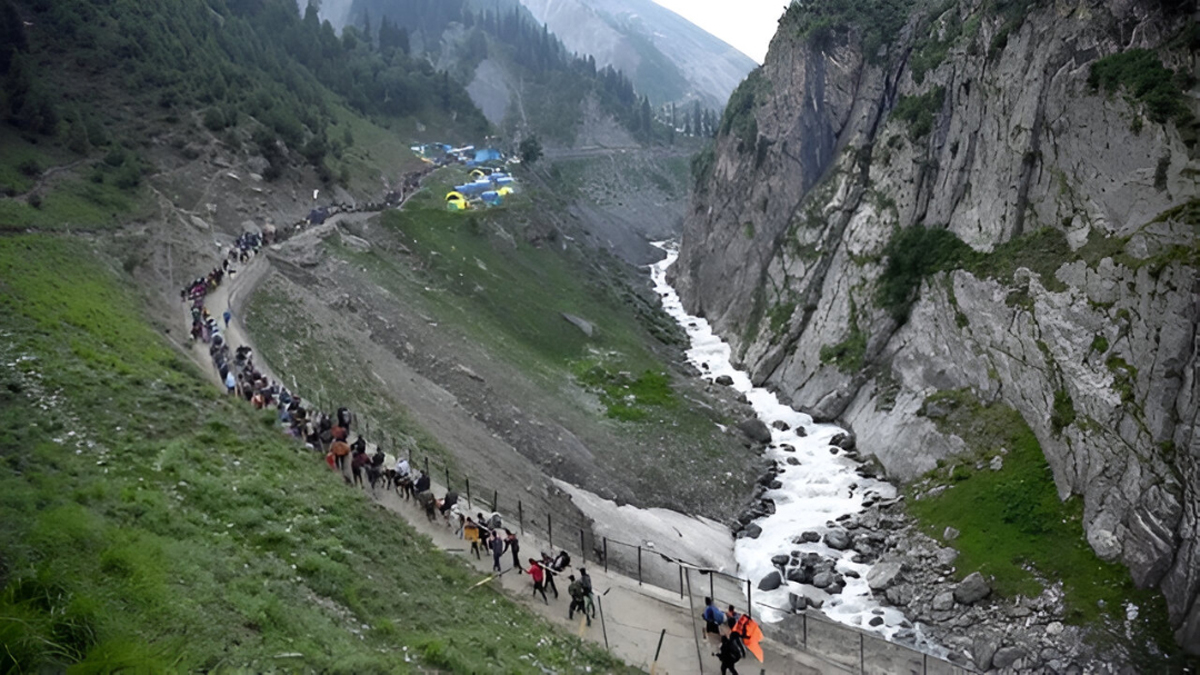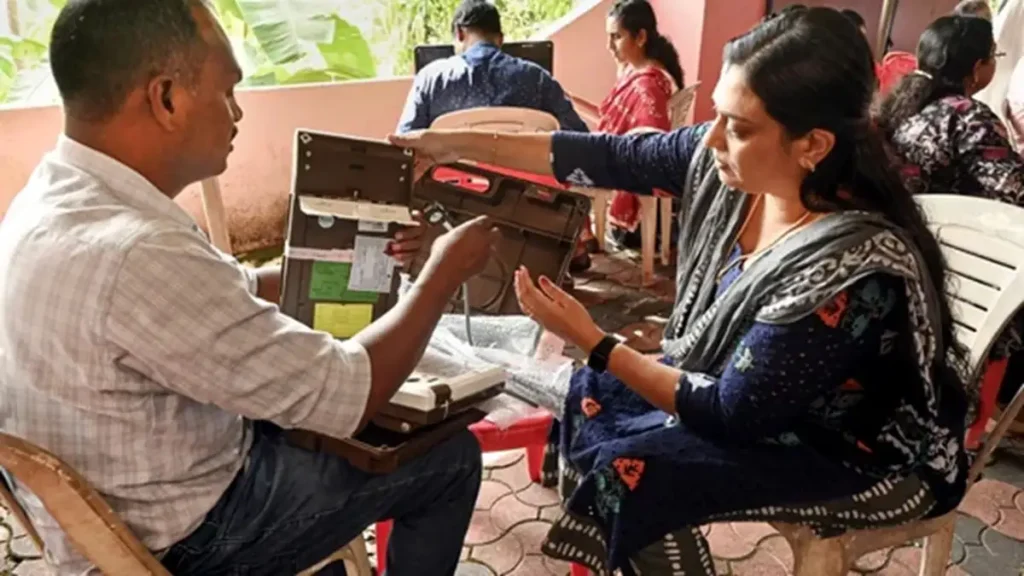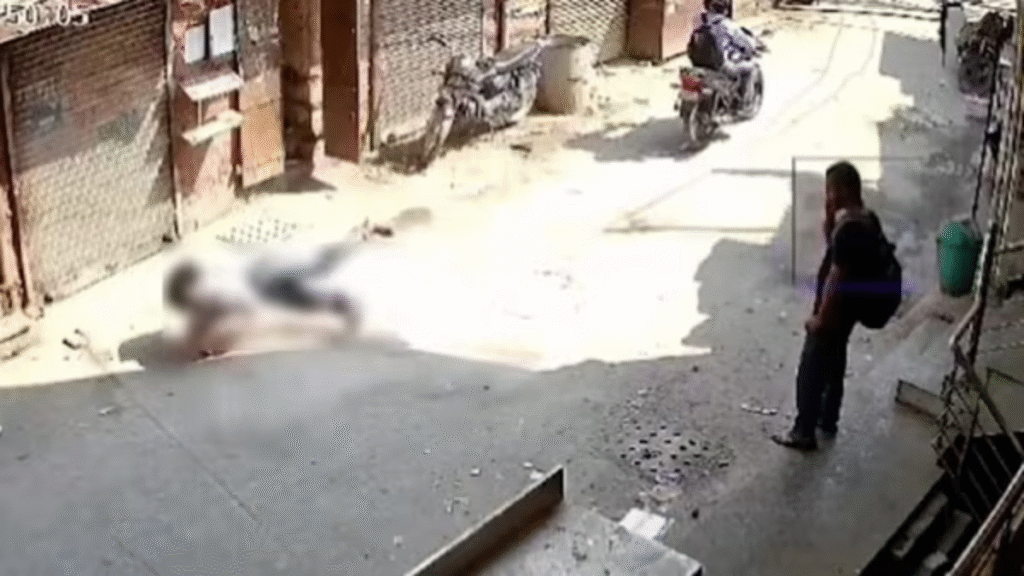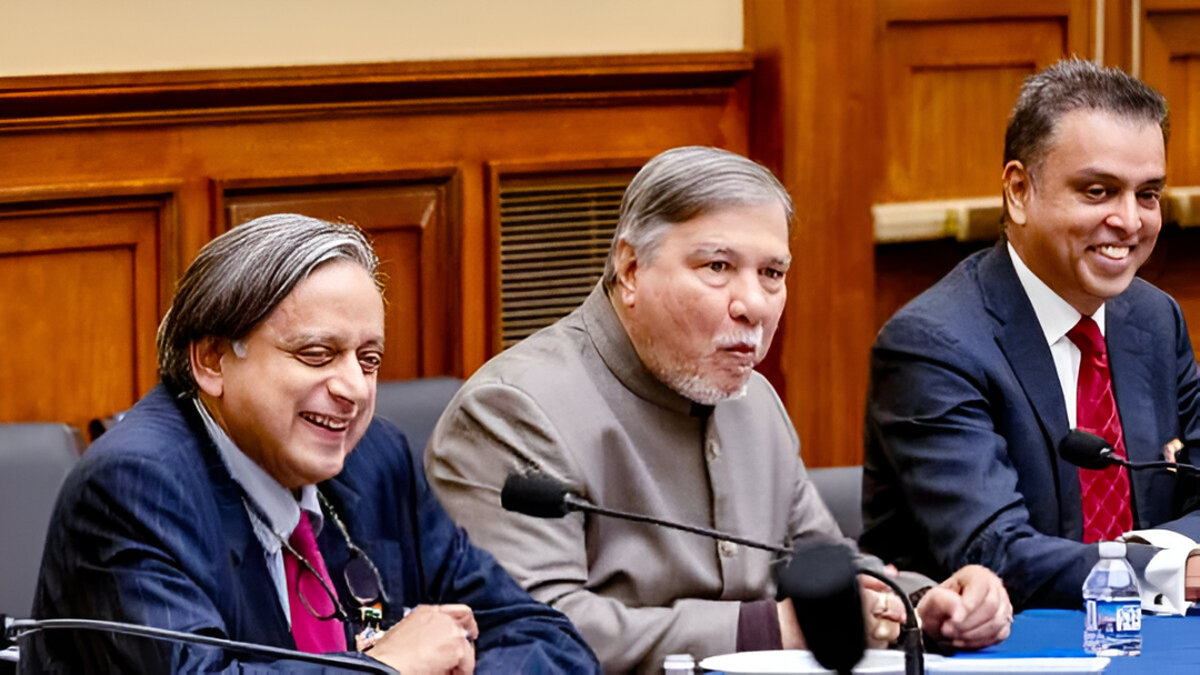Now Reading: Amarnath Yatra 2025: A Multi-Layered Security Fortress for Pilgrims
-
01
Amarnath Yatra 2025: A Multi-Layered Security Fortress for Pilgrims
Amarnath Yatra 2025: A Multi-Layered Security Fortress for Pilgrims

As the annual Amarnath Yatra approaches its July 3rd commencement, authorities in Jammu and Kashmir are putting in place an unprecedented, multi-layered security grid to ensure the safety and smooth conduct of the pilgrimage. With a shortened duration of 38 days this year (concluding on August 9th), heightened vigilance and advanced technological deployments will be the hallmarks of the security operation, following a recent terror incident in Pahalgam.
Massive Troop Deployment: The Backbone of Security
Central Reserve Police Force (CRPF) troops At the core of this robust security framework is the deployment of approximately 50,000 Central Reserve Police Force (CRPF) troops, forming a significant part of the total 581 companies of Central Armed Police Forces (CAPFs) sanctioned for the Yatra. These highly trained personnel will work in close coordination with the Jammu and Kashmir Police and the Indian Army, forming a formidable human shield across both the traditional Pahalgam and Baltal routes to the holy cave shrine.
The responsibilities of these forces are manifold:
- Road Opening Parties (ROPs): CRPF and J&K Police units will systematically sanitize and clear the routes ahead of pilgrim convoys, ensuring no improvised explosive devices (IEDs) or other threats are present.
- Quick Action Teams (QATs): Strategically positioned along the routes, QATs will be on standby for immediate response to any emergent security situation, ensuring rapid neutralization of threats.
- Convoy Escorts: Pilgrim convoys will be heavily escorted by CAPF personnel, equipped with satellite phones for uninterrupted communication in the challenging terrain. For the first time, jammers will be installed with these convoys to counter threats from remote-controlled IEDs.
- Area Domination: Extensive area domination exercises will be conducted to maintain a secure environment in and around base camps, halting points, and along the entire pilgrimage stretch.
Technological Edge: Drones, Jammers, and RFID
Beyond the significant human resource deployment, advanced technology will play a pivotal role in enhancing surveillance and threat detection:
- Drones: Unmanned aerial vehicles (UAVs) will conduct continuous aerial surveillance along both yatra routes, providing real-time intelligence and monitoring for suspicious movements. This aerial vigilance adds a crucial layer of security, especially in difficult-to-access terrains.
- Jammers: A significant new addition this year is the installation of jammers with the pilgrim convoys. This measure is specifically aimed at thwarting the threat of remote-controlled IEDs, a persistent challenge in the region.
- Bomb Disposal Squads (BDS) and K9 Units: Highly specialized Bomb Disposal Squads, along with K9 units (specially trained sniffer dogs), will be deployed to detect and neutralize any explosives. Their presence ensures proactive threat mitigation.
- Radio Frequency Identification (RFID): All pilgrims and convoy vehicles will be issued digital identity cards with RFID tags, enabling real-time tracking and monitoring of their movement. This system will greatly enhance accountability and rapid response in case of any deviation or emergency.
- CCTV Surveillance: Key locations, including the National Highway (NH 44), base camps, and other halting places, will be under extensive CCTV surveillance, with additional spotters to identify any suspicious elements.
Integrated Strategy and High-Level Oversight
The security arrangements are not merely a sum of individual components but a testament to a well-coordinated and integrated strategy. Regular high-level coordination meetings are being held involving the Shri Amarnathji Shrine Board (SASB), the Jammu and Kashmir Police, the Indian Army, various CAPFs, and civil administration. This multi-agency synergy is crucial for streamlining security, logistics, and overall administrative arrangements.
The Director General of CRPF has personally undertaken review visits to key sites, including Pahalgam, Jammu, base camps, and Yatri Niwas, to oversee on-ground preparedness. Union Home Minister Amit Shah has also chaired high-level security review meetings, emphasizing the commitment to a “completely peaceful Amarnath Yatra.”
The meticulous planning, significant resource allocation, and integration of cutting-edge technology underscore the unwavering resolve of the security forces to ensure a safe and spiritually enriching journey for all pilgrims undertaking the Amarnath Yatra in 2025.










